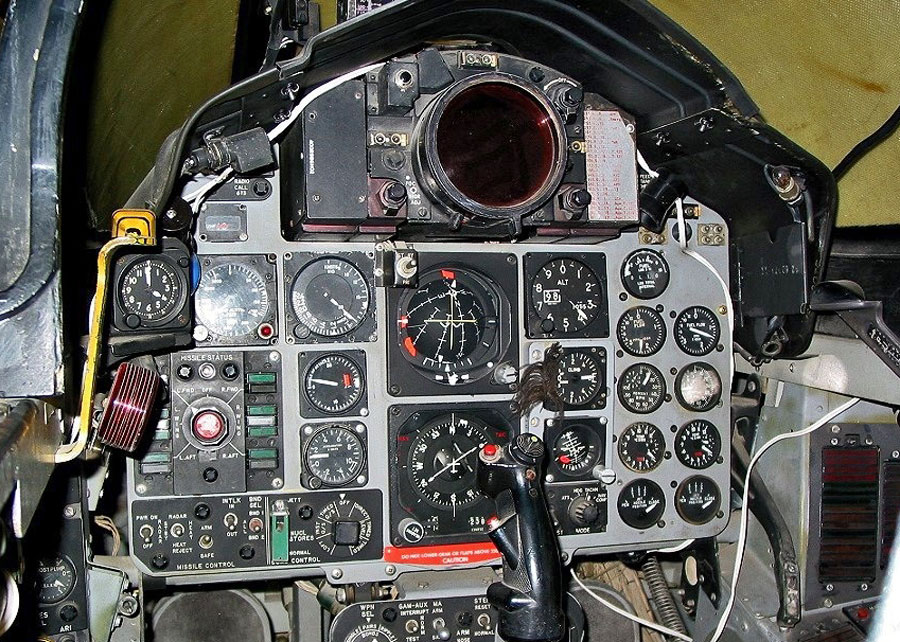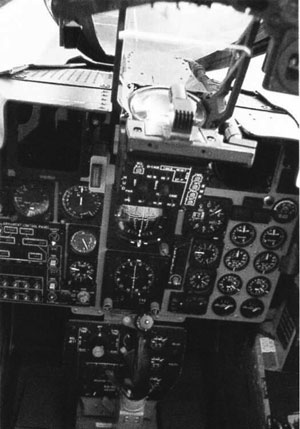

Biggest Fighter on the Blockīy any name, the Phantom was a beast compared to its contemporaries. The new aircraft would be designated the F-4 Phantom, with the Navy and Marines flying the F-4B, and the Air Force the F-4C (rather than the F-110 Spectre as originally planned).


Notorious for a data-driven efficiency approach that proved disastrous in the Vietnam War, McNamara believed that a common fighter for the Air Force, Navy, and Marines would save money (the same controversial approach would be repeated 40 years later with the F-35 program). The next plot twist was written in the early 1960s by Secretary of Defense Robert McNamara. But maneuverability or a cannon weren’t needed against clumsy bombers-or so thought military planners, convinced that dogfights were obsolete, and that future air combat would be waged with missiles alone. Also useful would be a powerful radar and newly developed air-to-air guided missiles. Nations wanted fast jets that could zoom to high altitudes and intercept bombers before they reached their targets. Though interceptors are mostly extinct today, they were common in the 1950s, when guided missiles were new and high-altitude manned bombers posed the greatest threat. Navy asked McDonnell Aircraft for a carrier-based interceptor to protect the fleet from bombers. in production of its F-4 Phantom Jet aircraft, 1966.
F4 PHANTOM COCKPIT VIDEO FULL
Production going full blast at McDonnell Aircraft Corp. But three pivotal moments would shape the Phantom saga. Most would remain prototypes, quickly fade into obsolescence, or appear in museum displays. There was no reason to expect the new plane to become a classic dozens of new fighter and bomber designs appeared in the 1950s. The Navy ordered two prototypes of the “Super Demon”-a primordial Phantom-as an all-weather fighter-bomber. (later McDonnell Douglas, which eventually merged with Boeing). The F-4 began life as a redesign of the troubled F3H Demon carrier-based fighter from McDonnell Aircraft Corp. When the Phantom first appeared on the drawing board in 1953, fighter jets had been around for less than a decade. To understand the Phantom story, we need to step back into an era of black-and-white televisions and closet-sized computers. Others said the Phantom proved a brick could fly if you stuck two big engines on it.

One British admiral even asked whether the aircraft had been delivered upside-down. Compared to the sleek F-16 or the gracefully curved F-35, the F-4’s upward-sloping wing and downward-sloping tail looked like a model aircraft kit that had been assembled wrong. Its fat nose gave the F-4 a face that only a mother (or aircraft designer) could love. The Phantom is still beloved for many qualities. More than 60 years after its first flight, the F-4 still flies in several air forces around the world. “The Phantom has become, arguably, the most important fighter aircraft of the second half of the twentieth century,” aviation historian Robert Dorr writes in his 1989 book, The McDonnell F-4 Phantom. Between 19, 5,195 Phantoms were built in a dozen variants and flown by a dozen nations, making it the most prolific supersonic American warplane ever built. Through the tense Cold War years of the 1960s and 1970s, the Phantom was the symbol of Western tactical airpower. But the F-4 was anything but stealthy or subtle it was a big fighter that muscled its way through combat.Īlong the way, it became one of the most influential aircraft in history. “Phantom” evokes an image of stealth and subtlety, a supernatural nemesis that strikes without warning. If nicknames are destiny, then the F-4 Phantom II fighter was cursed at birth.Įven its official name was ironic.


 0 kommentar(er)
0 kommentar(er)
